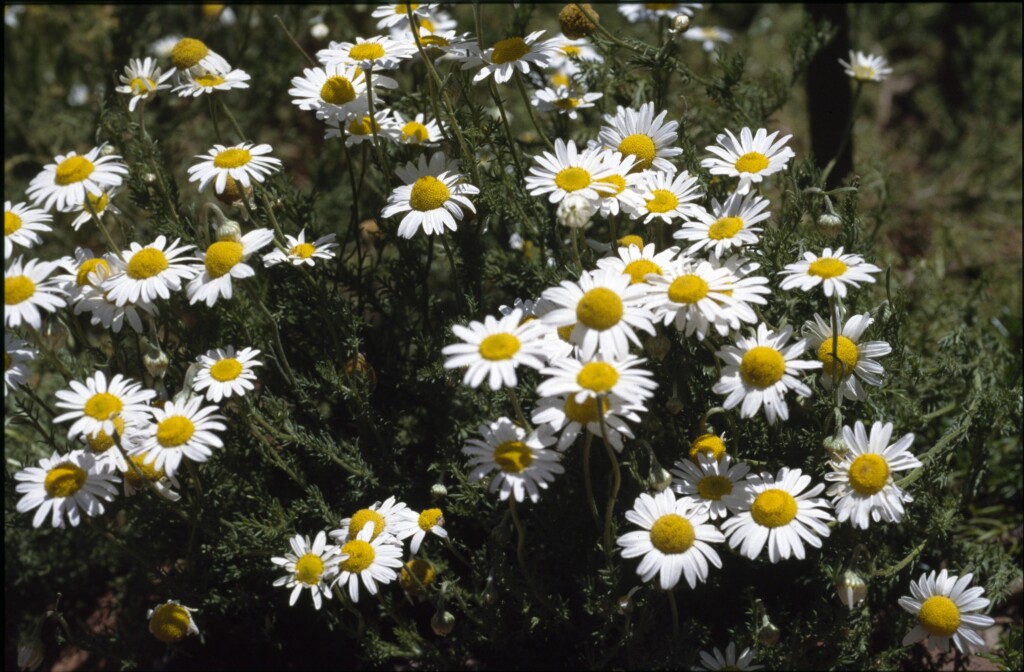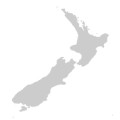Chamaemelum nobile
(L.) All. Common ChamomileAscending or decumbent rhizomatous perennial to c. 30 cm high, branched from base; stems striate, pubescent. Leaves oblanceolate to lanceolate in outline, mostly 1.5–5 cm long and 1–2 cm wide, 1 or 2 times pinnatisect, dull green, pubescent, ultimate segments linear, less than 1 mm wide, acute, sessile. Capitula 2–2.5 cm diam., solitary; peduncles 2–12 cm long, almost leafless; involucral bracts obovate, 4–5 mm long, largely scarious, sparsely pubescent; receptacle elongating in fruit. Ray florets 10–20, ligules 8–12 mm long, white; disc florets numerous, c. 2.5 mm long, pale yellow. Ray cypselas c. 1 mm long, hardly ribbed; disc cypselas c. 1.5 mm long, 3-ribbed, smooth, glabrous, brown. Flowers Nov.–May.
VVP, GipP, OtP, Gold, CVU, DunT, MonT. Also naturalised SA, NSW, Tas. Native to Europe. Widely grown as a medicinal herb and for lawns, and occasionally occurring in moist areas on roadsides, wastelands and grasslands.
Jeanes, J.A. (1999). Asteraceae. In: Walsh, N.G.; Entwisle, T.J., Flora of Victoria Vol. 4, Cornaceae to Asteraceae, pp. 652–666. Inkata Press, Melbourne.
 Spinning
Spinning


